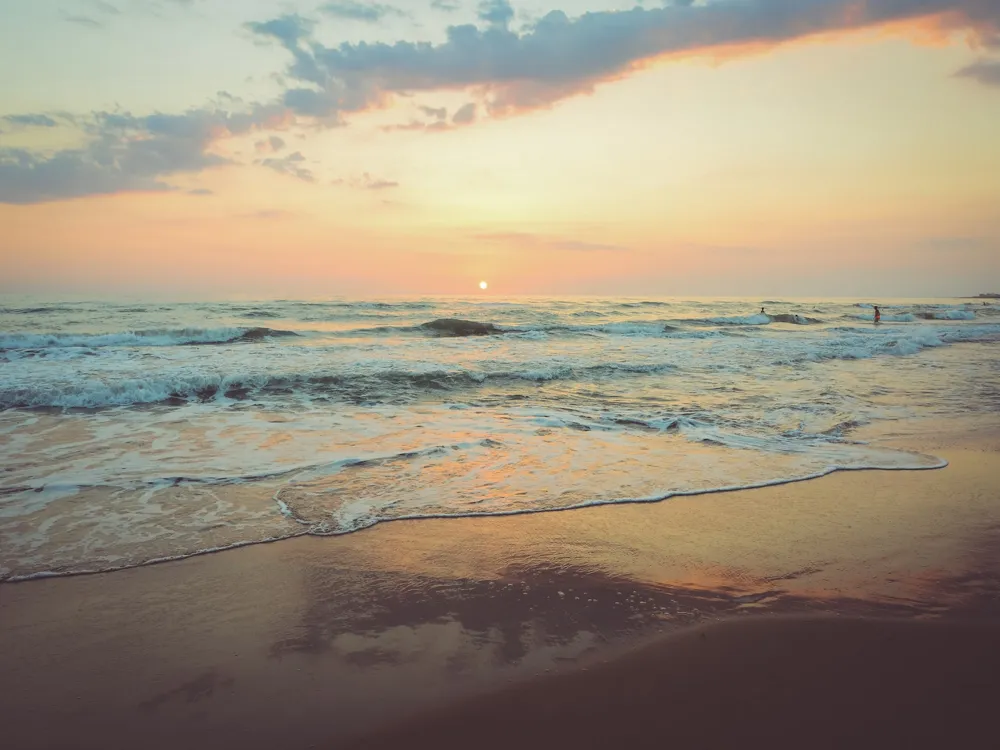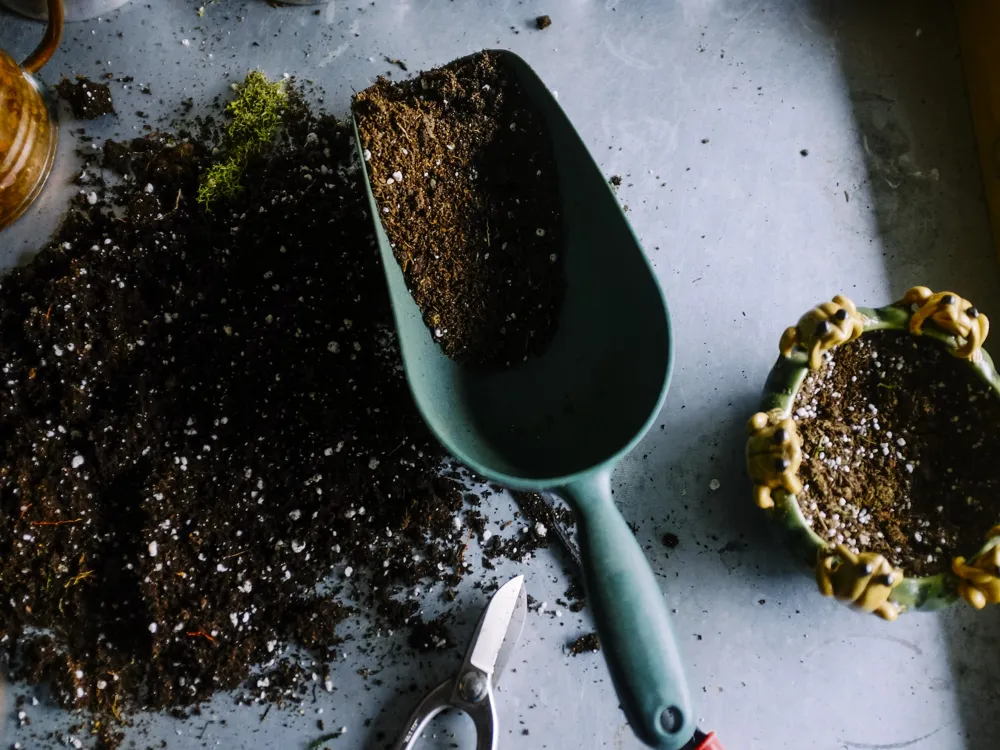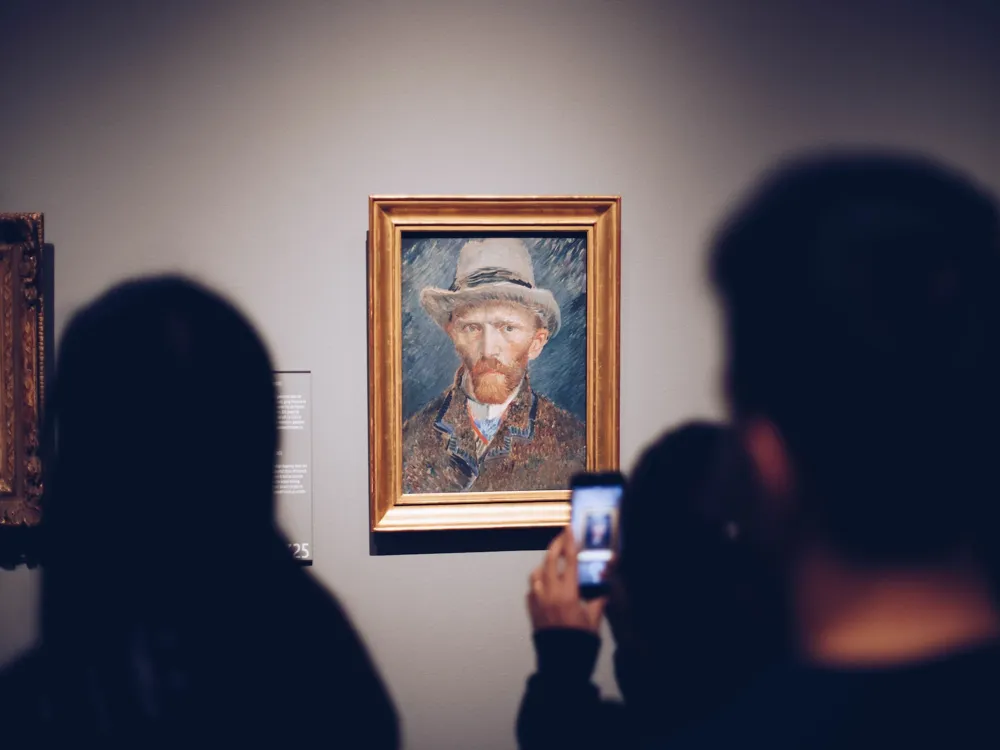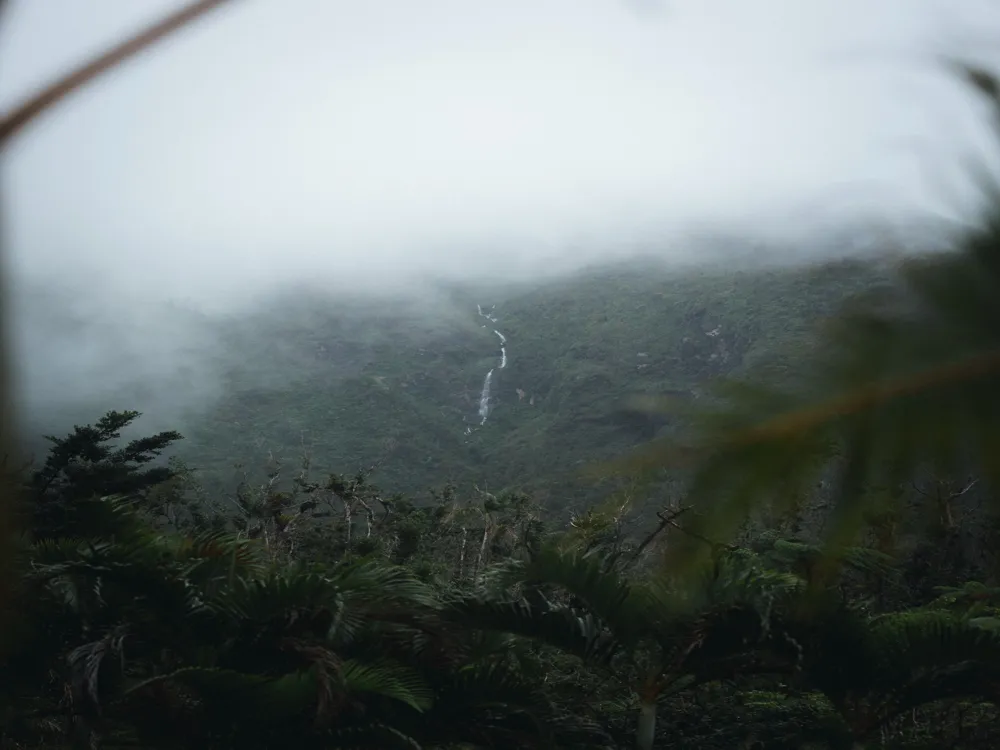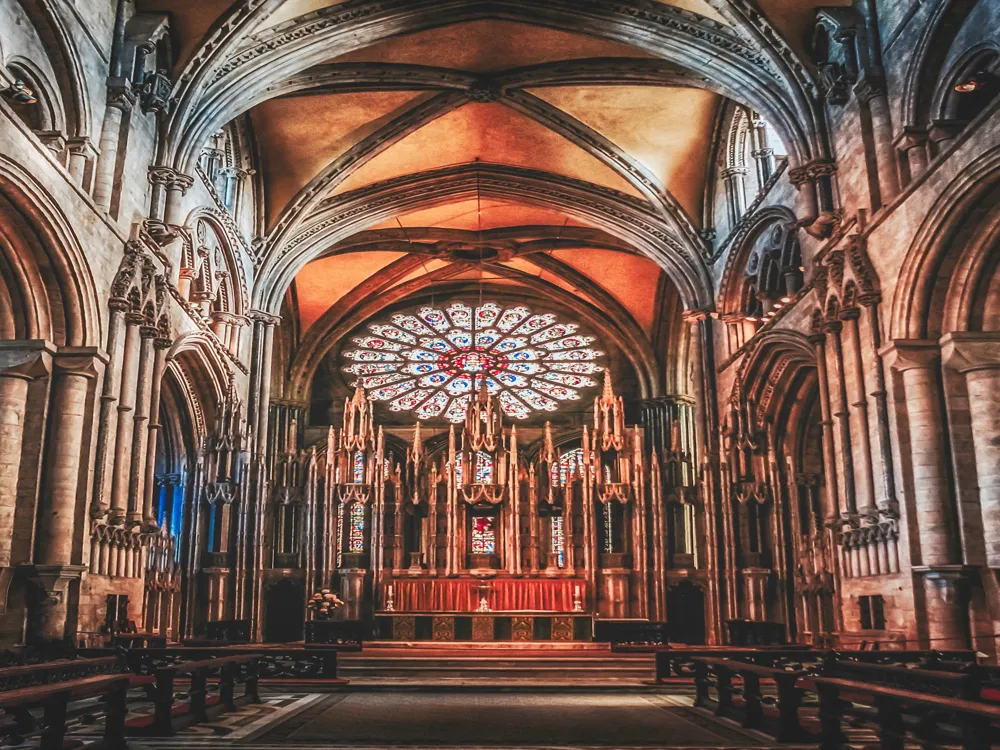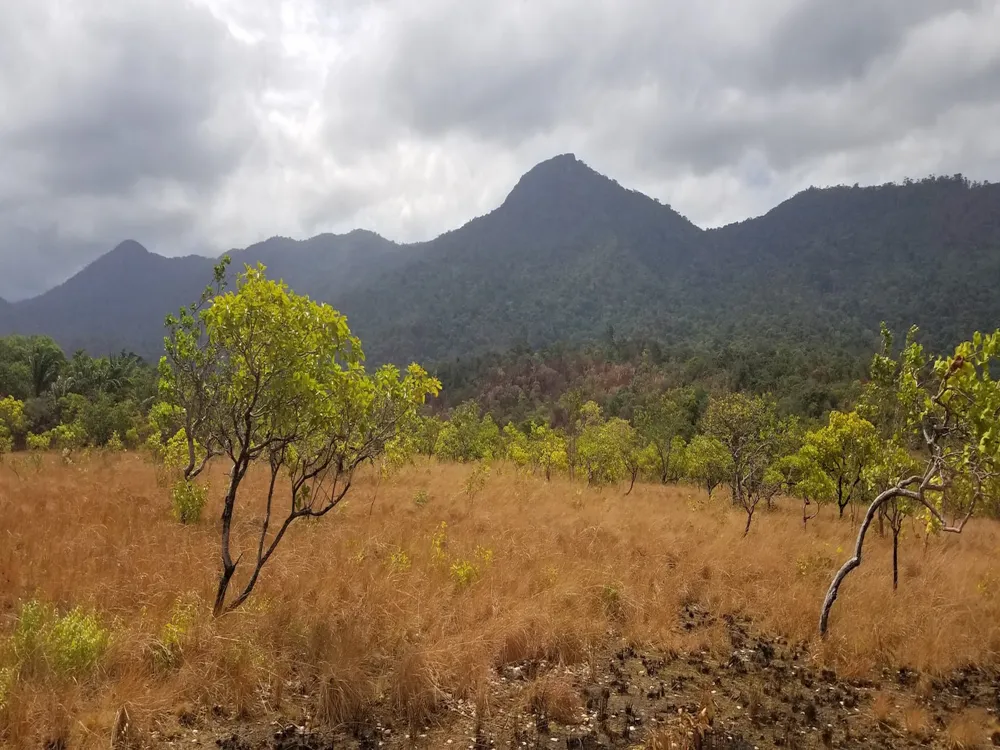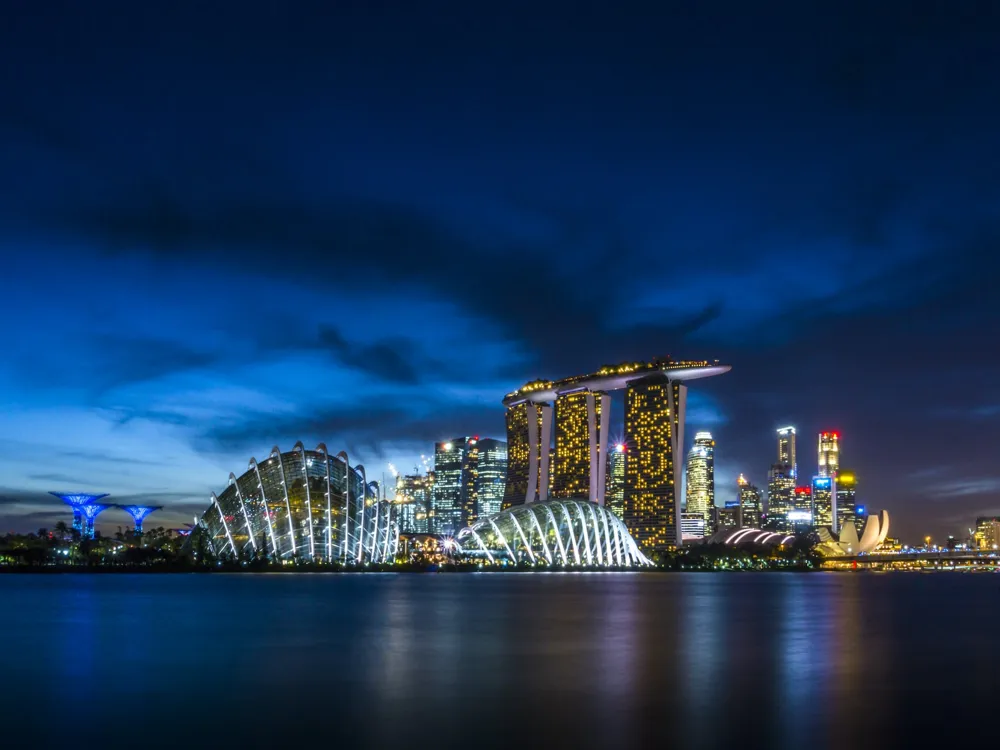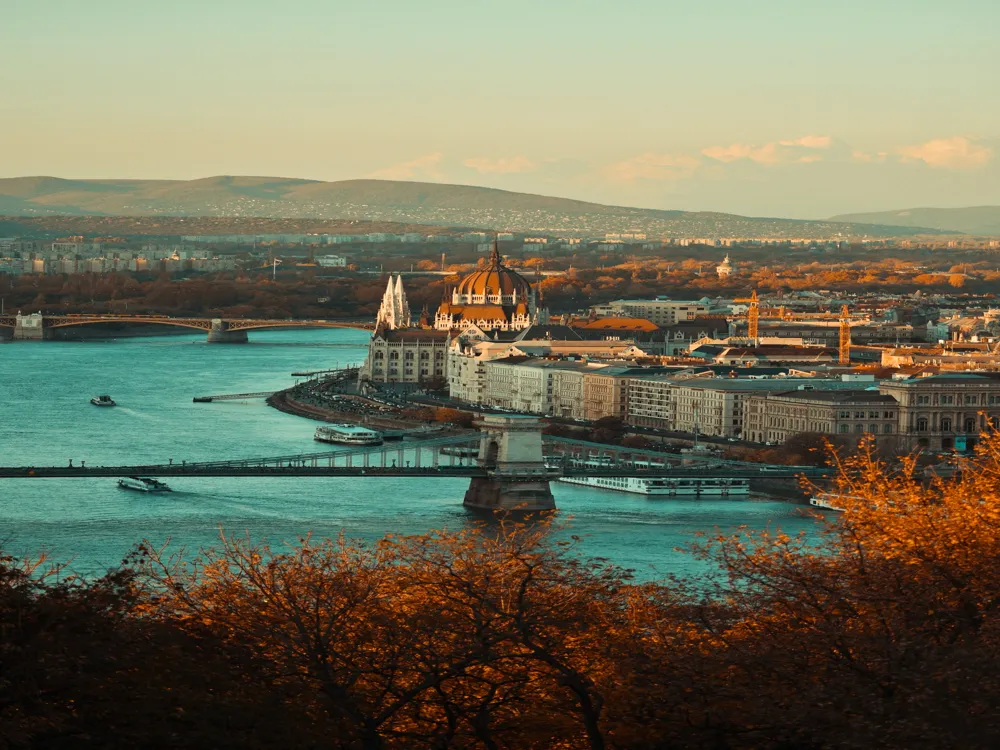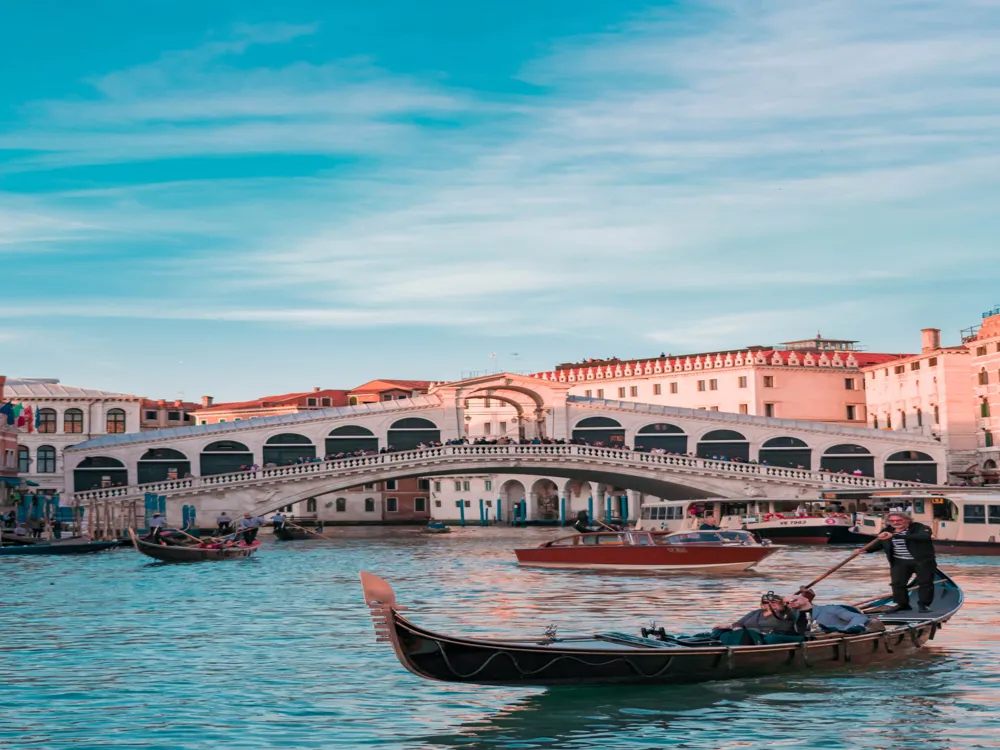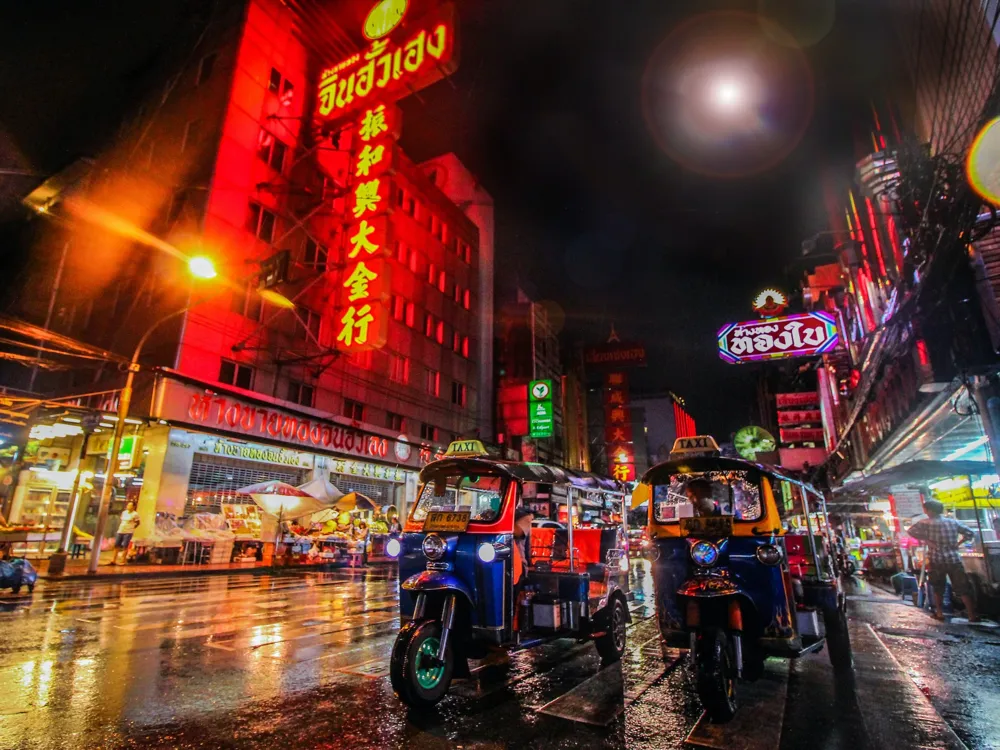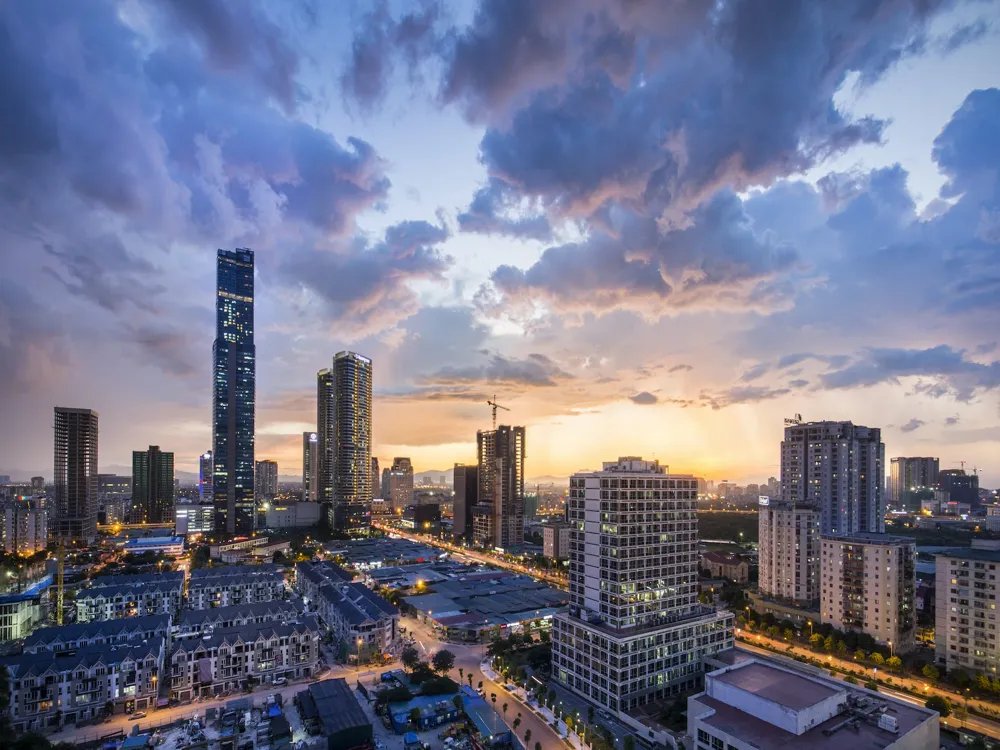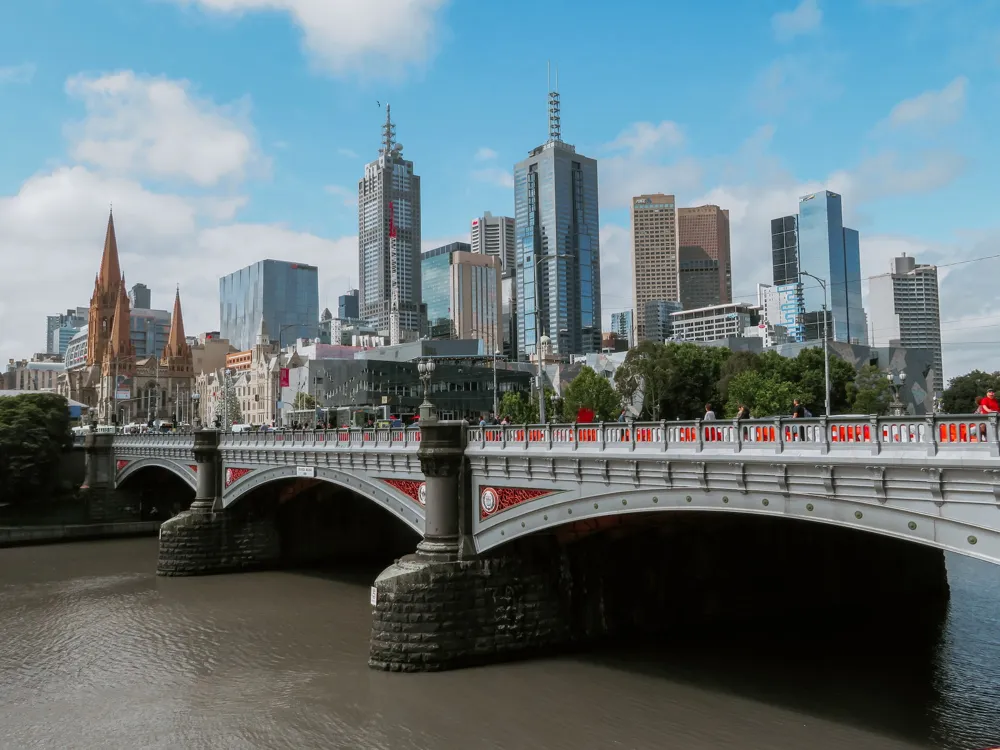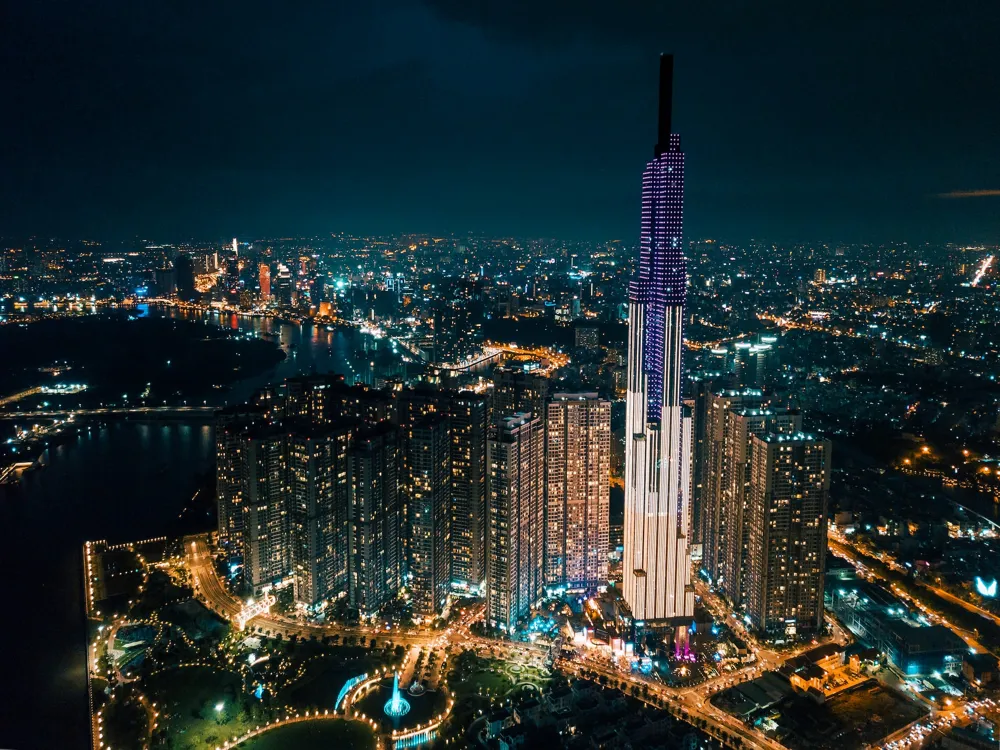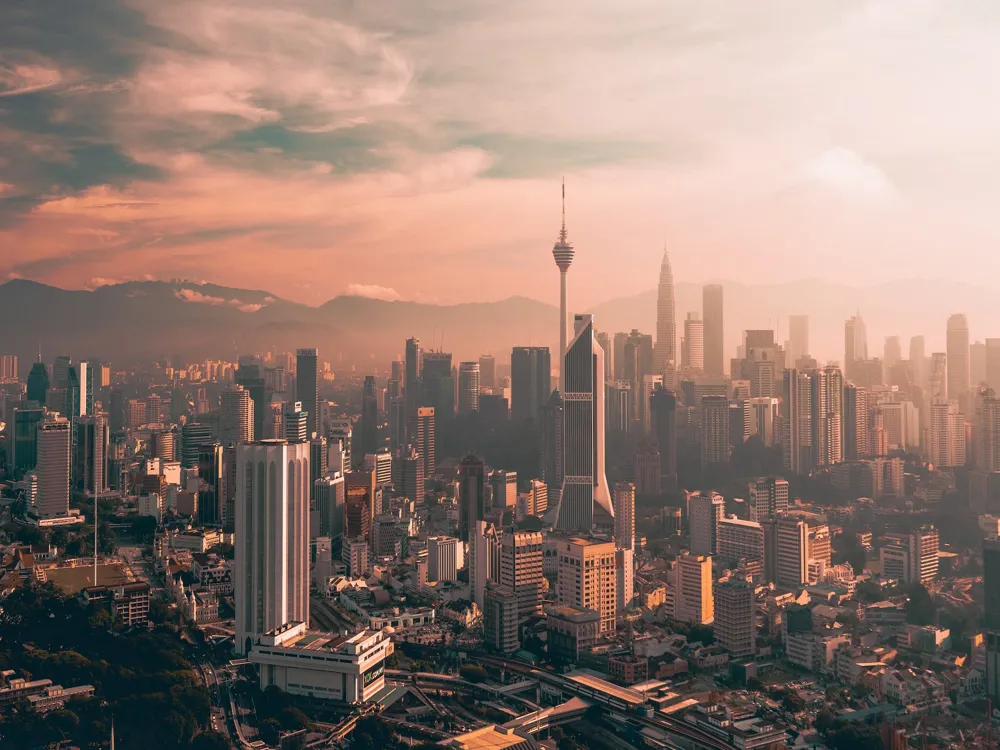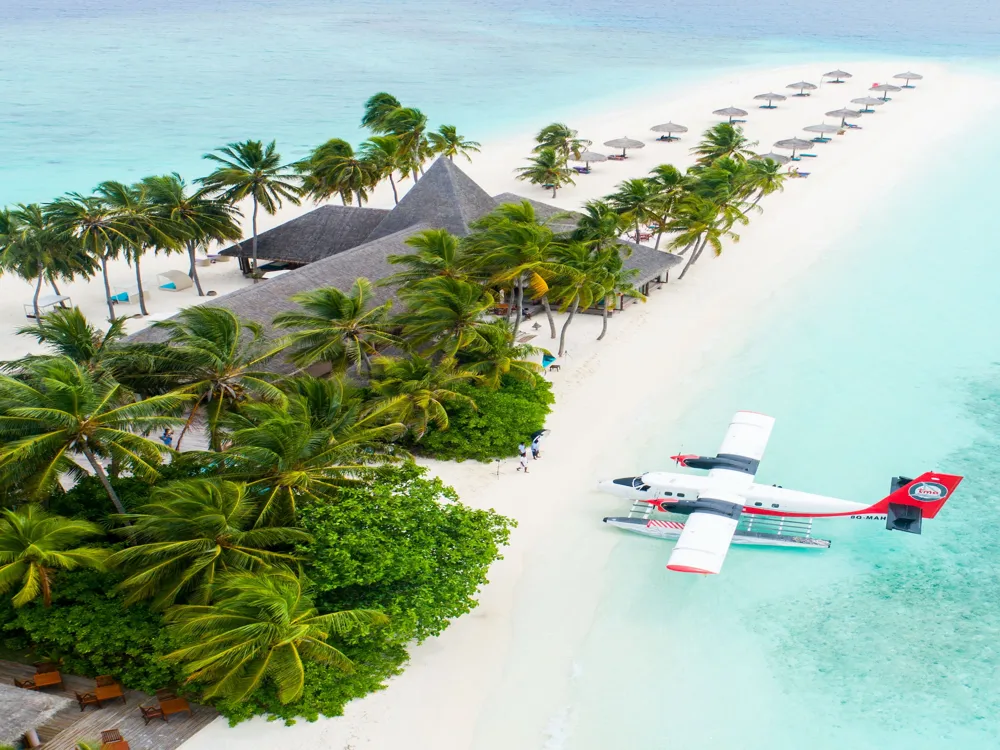Dominica, often referred to as the 'Nature Isle of the Caribbean', is a breathtaking island nation known for its lush rainforests, abundant wildlife, and vibrant culture. Situated between the French islands of Guadeloupe and Martinique in the Lesser Antilles, Dominica is a haven for nature enthusiasts and adventure seekers alike. Despite its small size, the island is rich in natural beauty and diverse ecosystems, offering a unique blend of natural attractions, from boiling lakes and hot springs to cascading waterfalls and pristine beaches. The island's topography is dominated by rugged mountains, with the Morne Trois Pitons National Park being a UNESCO World Heritage site. This park features the famous Boiling Lake, the second-largest hot spring in the world. Dominica's climate is tropical, with hot and humid weather moderated by northeastern trade winds. The island is also on the path of Atlantic hurricanes and has faced significant storms over the years, which have shaped both its natural environment and resilient community. Culturally, Dominica is a melting pot of African, European, and indigenous Kalinago influences. English is the official language, but a large portion of the population also speaks Kwéyòl, a Creole language based on French. The island's music, dance, and art reflect this rich cultural heritage, with festivals like the World Creole Music Festival drawing visitors from around the globe. Dominica's cuisine is another aspect of its diverse culture, with dishes that blend Creole, African, and Indian flavors. The economy of Dominica is primarily driven by agriculture and tourism. Bananas and other fruits are major exports, while ecotourism is growing rapidly due to the island's unspoiled natural beauty. The government has also implemented initiatives to promote sustainable development and environmental conservation, recognizing these as key factors in the island's future growth. The architecture of Dominica is a fascinating amalgamation of various cultural influences, shaped by the island's history, geography, and climate. The built environment of Dominica reflects the legacy of the indigenous Kalinago people, the impact of European colonization, and the creativity and resilience of the island's inhabitants. Traditional Kalinago architecture is exemplified in the Karbet, communal structures built from local materials like bamboo, palm leaves, and lianas. These structures are a testament to the Kalinago's deep understanding of their environment and their ability to live harmoniously with nature. The European influence is most evident in the colonial-era buildings found in the capital, Roseau, and other towns. These buildings often feature bright colors, wooden balconies, and ornate details, blending French and British colonial architectural styles. In rural areas, the typical Dominican house, known as the 'Chatan,' is a simple, functional structure built to withstand the tropical climate and occasional hurricanes. These homes are usually made of wood, with high ceilings and large windows for ventilation, and are often surrounded by lush gardens. The more affluent homes, often owned by plantation owners or successful merchants, display a more elaborate style, with spacious verandas, intricate woodwork, and beautifully landscaped grounds. In recent years, there has been a move towards more sustainable and eco-friendly architecture in Dominica. This includes the use of renewable energy sources, such as solar panels, and the incorporation of green spaces and natural ventilation in building designs. The government and private sector are increasingly recognizing the importance of preserving the island's natural beauty and cultural heritage through responsible architectural practices. When packing for Dominica, consider the tropical climate and outdoor activities. Lightweight, breathable clothing, a good pair of hiking shoes, swimwear, and a waterproof jacket are essential. Don't forget sunscreen, insect repellent, and a reusable water bottle to stay hydrated. Ensure you're up to date with vaccinations, and consider anti-malarial medication as advised by health professionals. Drinking tap water is generally safe, but bottled water is recommended for sensitive stomachs. Always have travel insurance that covers medical emergencies and natural disasters. Respect the local customs and traditions. Dress modestly when required, especially in religious or rural areas. Learn a few phrases in Kwéyòl to connect with locals. Participate in cultural activities and support local artisans by purchasing their crafts. Take guided tours for the best experience of Dominica's natural wonders. Stay on marked trails, respect wildlife, and leave no trace to preserve the environment. Check weather forecasts before outdoor activities, as the weather can be unpredictable. Don't miss out on the local cuisine. Try dishes like Callaloo soup, Mountain Chicken (frog legs), and plantain-based dishes. Local rum and fresh fruit juices are also a must-try. Eat at local eateries to experience authentic flavors. Reaching Dominica is possible through air and sea. The island is served by two airports: Douglas-Charles Airport, which handles most international flights, and Canefield Airport, mainly for regional traffic. Major airlines like American Airlines, Air France, and Caribbean Airlines offer flights to Dominica, often with connections in nearby islands. By sea, there are ferry services connecting Dominica with other islands in the Lesser Antilles. L'Express des Iles is a popular ferry service that offers regular trips to and from Guadeloupe, Martinique, and St. Lucia. Private yachts and cruise ships also frequent the island, docking at Roseau and Portsmouth. Once on the island, the primary mode of transportation is by road. Rental cars, taxis, and minibusses are readily available. Driving is on the left-hand side, and visitors can use their driver's license from their home country for up to three months.Overview of Dominica
Architecture of Dominica
Tips When Visiting Dominica
Packing Essentials
Health and Safety
Respect Local Culture
Exploring Nature
Local Cuisine
How To Reach Dominica
Soufriere Sulfer Springs
Dominica
NaN onwards
View dominica Packages
Dominica Travel Packages
View All Packages For Dominica
Top Hotel Collections for Dominica

Private Pool

Luxury Hotels

5-Star Hotels

Pet Friendly
Top Hotels Near Dominica
Other Top Ranking Places In Dominica
View All Places To Visit In dominica
View dominica Packages
Dominica Travel Packages
View All Packages For Dominica
Top Hotel Collections for Dominica

Private Pool

Luxury Hotels

5-Star Hotels

Pet Friendly







